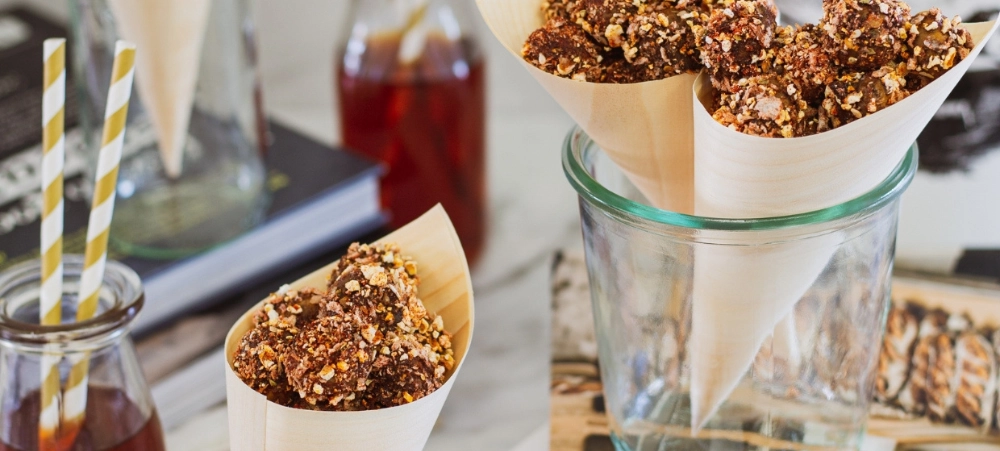It’s not surprising that Lavender is recognised as the international flower of epilepsy. Said to symbolise isolation and loneliness, often associated with epilepsy. National Epilepsy Week is celebrated from 10-16 February this year, its purpose: To create awareness about epilepsy and support the rights and well-being of individuals with epilepsy. Dr Themba Hadebe, Clinical Managed Care Executive with Bonitas Medical Aid, discusses the causes, types, treatment and misdirected social stigma around epilepsy. ‘Epilepsy is the most common chronic brain disease,’ says Dr Hadebe, ‘it affects an estimated 50 million people worldwide – across all ages, cultures and backgrounds. In South Africa, 1 in every 100 people have epilepsy. As we mark the significance of epilepsy globally, it is vital to explore this brain condition, including addressing the social challenges and stigma around the disease.’ He says, ‘despite its prevalence, many people suffering from epilepsy – especially in low and middle-income countries do not receive the treatment or understanding they need.’ What is epilepsy? It’s characterised by recurring seizures, which occur when there is excessive electrical discharge in a group of brain cells. Dr Hadebe says, ‘While seizures can range from mild lapses in awareness to severe convulsions with loss of consciousness, the frequency and severity of episodes can vary widely. Although one seizure does not constitute epilepsy, people who experience two or more unprovoked seizures are diagnosed with the condition.’ In high-income countries, treatment access is more readily available but the disease remains a challenge, due to misdiagnosis and the persistence of stigma, making life difficult for those affected. It is also worth noting that up to 70% of people living with epilepsy could become seizure-free with proper diagnosis and treatment. Yet, an estimated 90% of people in some low-income countries remain untreated. This gap in access is worsened by a lack of trained healthcare providers in these areas. Causes of epilepsy There are a number of causes, including: Types of seizures There are focal seizures, which start in one part of the brain and generalised seizures, which affect both sides of the brain. Focal seizures Simple focal seizures: The person remains conscious and may experience unusual sensations, such as strange tastes or visual disturbances. Complex focal seizures: These may impair consciousness or awareness and may involve repetitive movements such as hand-wringing or lip-smacking. Generalised seizures Tonic-clonic seizures: Involve stiffening of the muscles followed by rhythmic jerking movements, often accompanied by loss of consciousness. Absence seizures: Brief lapses in awareness, often misinterpreted as daydreaming. Myoclonic seizures: Sudden, jerky movements that can affect the limbs or entire body. Atonic seizures: Sudden loss of muscle tone, which may cause falls or head drops. The impact of seizures The impact on an individual’s life can extend beyond the physical symptoms. People living with epilepsy often experience higher rates of mental health disorders, particularly anxiety and depression. In fact, the risk of premature death for people with epilepsy is up to three times higher than the general population, with the greatest risks found in low-income countries. Treatment and care Although epilepsy is a lifelong condition, seizures can often be controlled with medication. ‘The primary treatment for epilepsy is the use of antiseizure drugs and, for up to 70% of individuals, these drugs can lead to seizure-free living’ says Dr Hadebe. ‘In some cases, when medication fails, additional options like surgery, vagus nerve stimulation, or responsive neurostimulation can help manage seizures.’ Many countries lack affordable antiseizure medications and healthcare workers may not have the training necessary to accurately diagnose and treat epilepsy. The World Health Organization’s (WHO) efforts to bridge this gap include training primary healthcare providers in diagnosing and treating epilepsy, which has already proven effective in pilot projects in countries like Ghana and Myanmar. Prevention An estimated 25% of epilepsy cases are preventable. Preventing traumatic brain injuries, improving perinatal care, reducing the incidence of stroke and infections and addressing health conditions like hypertension and diabetes, can help lower the incidence of epilepsy. In tropical regions, eliminating parasitic infections like neurocysticercosis is also critical for reducing the burden of epilepsy. The impact of diet on epilepsy management Diet can play a supportive role in managing epilepsy. The ketogenic diet, a high-fat, low-carbohydrate eating plan, has been shown to significantly reduce seizure frequency in both children and adults. It works by promoting a metabolic state called ketosis, where the body burns fat for energy instead of carbohydrates, which can help stabilise brain activity. For individuals who do not respond well to the ketogenic diet, alternatives like the Modified Atkins Diet or the Low Glycaemic Index Treatment (LGIT) can also be effective. In addition, ensuring adequate intake of omega-3 fatty acids, vitamin D and magnesium may help support brain function and reduce the risk of seizures. More research is needed to understand the impact of diet on epilepsy, but these dietary strategies offer an important complementary approach to medical treatment. Social stigma and Human Rights Dr Hadebe says, the stigma surrounding epilepsy is a significant barrier to care. ‘Many people with epilepsy suffer discrimination, whether in the form of myths about epileptics, workplace bias or limitations on their legal rights. The problem is so pronounced that Epilepsy South Africa’s hashtag is #StampOutStigma. In some countries, people with epilepsy face challenges in obtaining marriage licenses, employment or even the ability to drive. ‘Addressing these issues requires improved public education, along with legislation that protects the rights of people with epilepsy and ensures they receive equal treatment in all aspects of life.’ Epilepsy remains a global health issue that impacts millions of lives, particularly in low- and middle-income countries. The international community, with organisations like WHO leading the charge, continue to work towards reducing the global burden of epilepsy. By recognising the causes, types and treatment options available and addressing the social stigma, we can create a more inclusive world for people living with epilepsy. It is time to bring epilepsy out of the shadows and into the light of understanding, compassion and care.



































